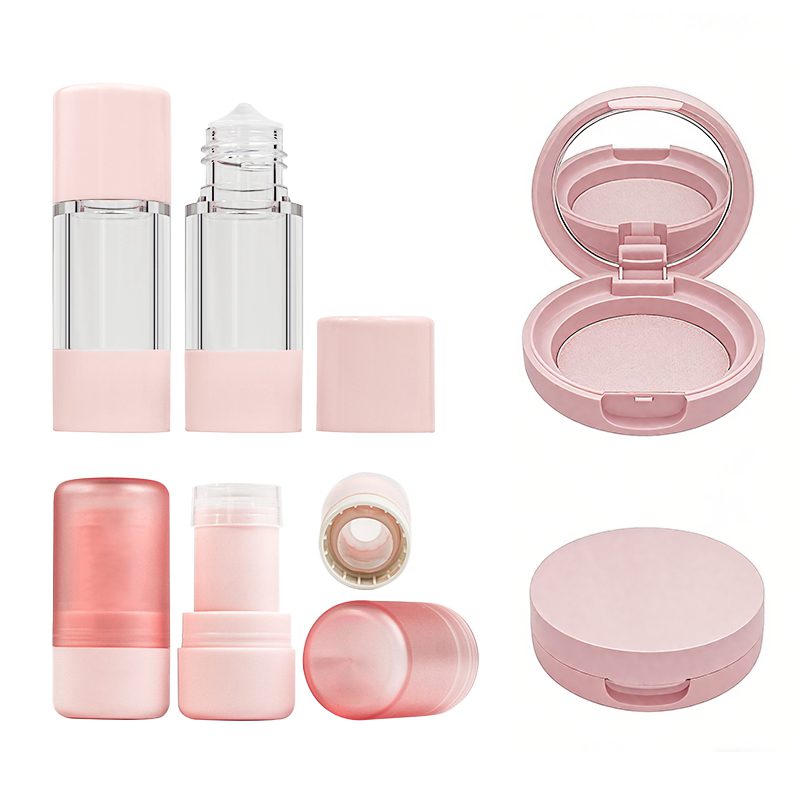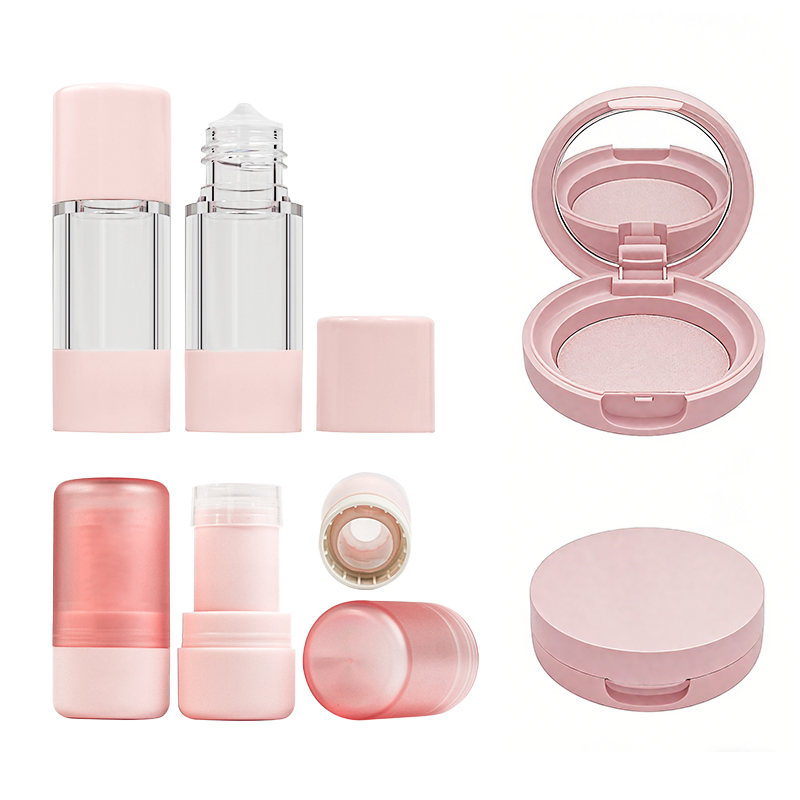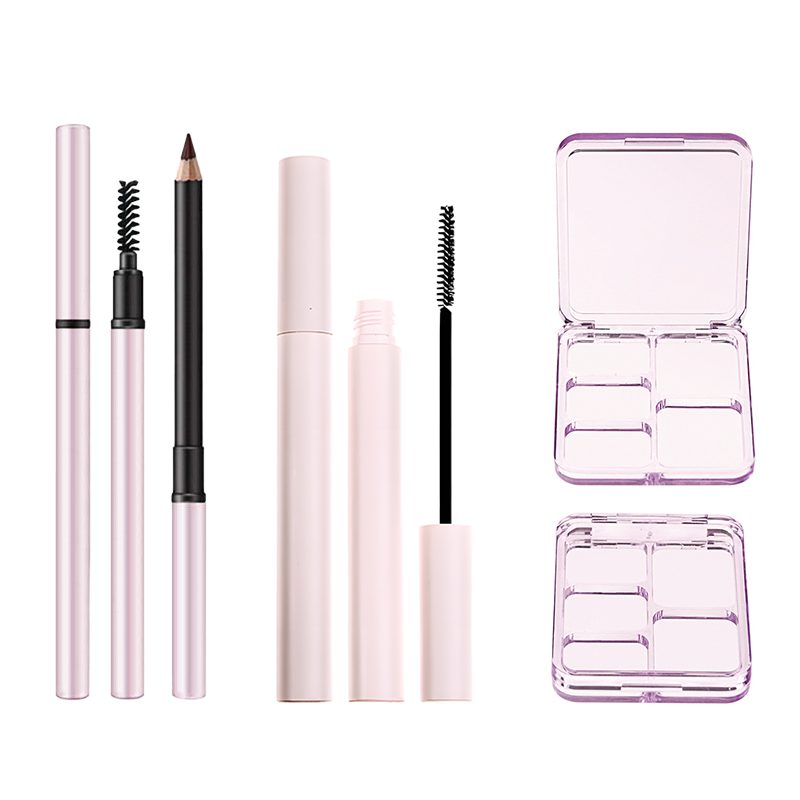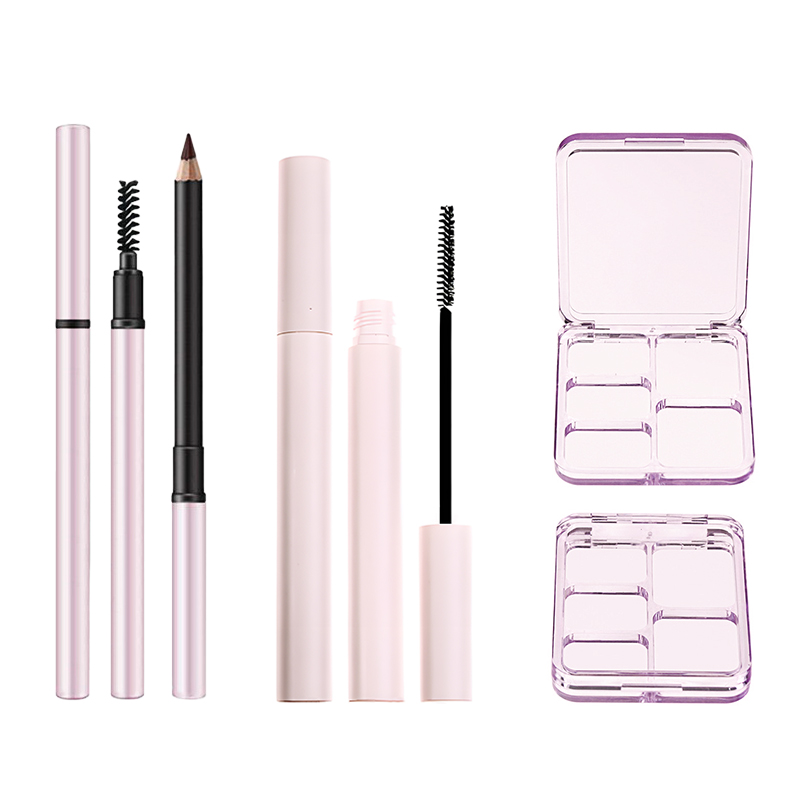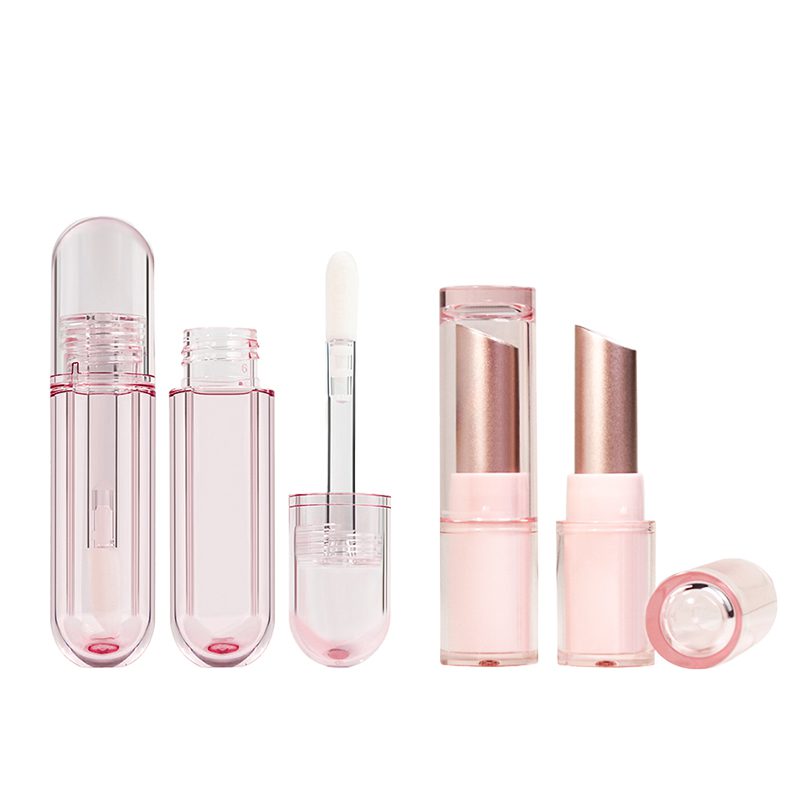Why Should Your Business Switch to Recyclable Cosmetic Packaging?
Businesses in the beauty world are going green. It’s no longer optional. More and more people are choosing brands that care about the planet. One big change? Recyclable cosmetic packaging. It reduces environmental damage and lines up with what shoppers now expect. With better materials and clever designs, packaging can be both functional and planet-friendly. This shift supports not just nature, but business growth too.
Sustainable Packaging Materials Are Reshaping the Makeup Industry
Comparing Popular Materials in Cosmetic Packaging
Packaging choices make a real difference. The material used can decide how easy it is to recycle — or if it ends up in a landfill. Some of the most widely used sustainable options include PET, PP, Glass, Aluminum, and PCR Plastic.
PET and PP are solid picks for lipstick tubes or foundation bottles. Durable and recyclable, they help reduce waste without sacrificing quality. Glass brings a touch of elegance. It’s often chosen for perfumes or premium concealers, offering full recyclability and product protection. Aluminum stands out for its light weight and strength. It works well for eyeliner cases, lip balm tubes, or body sprays — and can be recycled endlessly.
Sustainable packaging isn’t just a trend. It’s becoming the new standard. Brands that lean into it now are earning trust, staying relevant, and helping build a cleaner future.
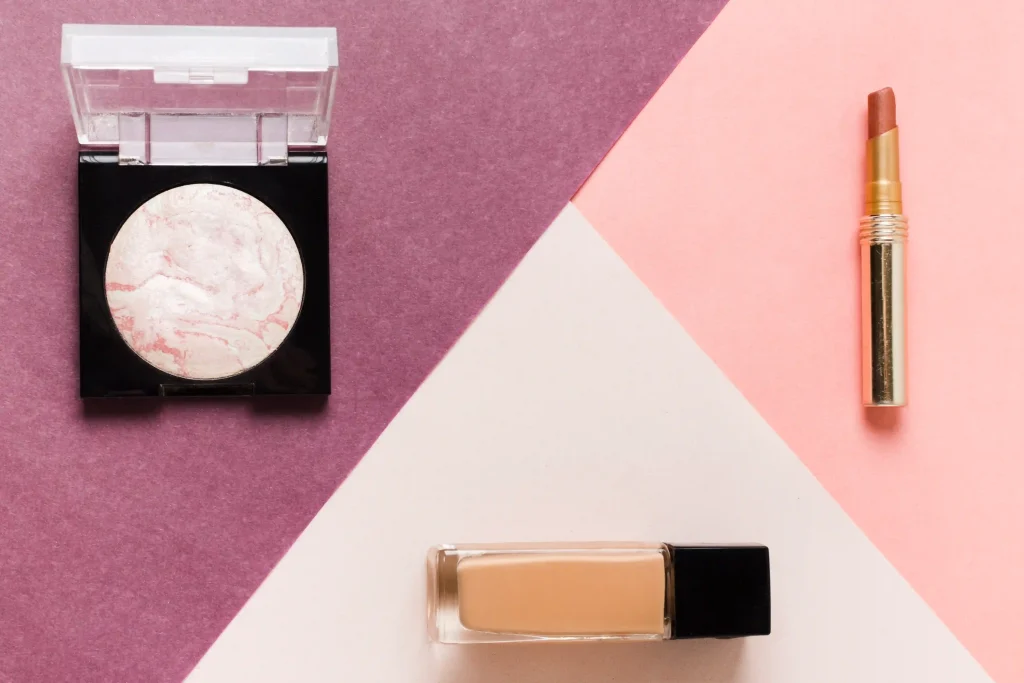
Embracing PCR Plastic in the Makeup Supply Chain
PCR Plastic is getting popular. It stands for Post-Consumer Recycled Plastic. It’s made from used plastic waste. Choose from a wide range of sustainable and premium materials, including PET, ABS, AS, PP, PETG, acrylic, PCR (Post-Consumer Recycled Material), and others. Using PCR cuts down on new plastic. It lowers your carbon footprint. It also supports a circular economy. Brands that use PCR help keep waste in check. They make a real difference.
Smart Component Choices Make Recycling Possible
Key Makeup Packaging Structures
Packaging has many parts. Think lipstick tubes, compacts, mascara bottles, or powder pans. Liquid foundation comes in bottles with pumps or refill trays. Each part needs the right material. Topfeelpack makes custom products. Our MC-03 Empty Classic Mascara Customizable Supplier use PETG material. It’s safe, non-toxic, and recyclable. This makes recycling easier after use.
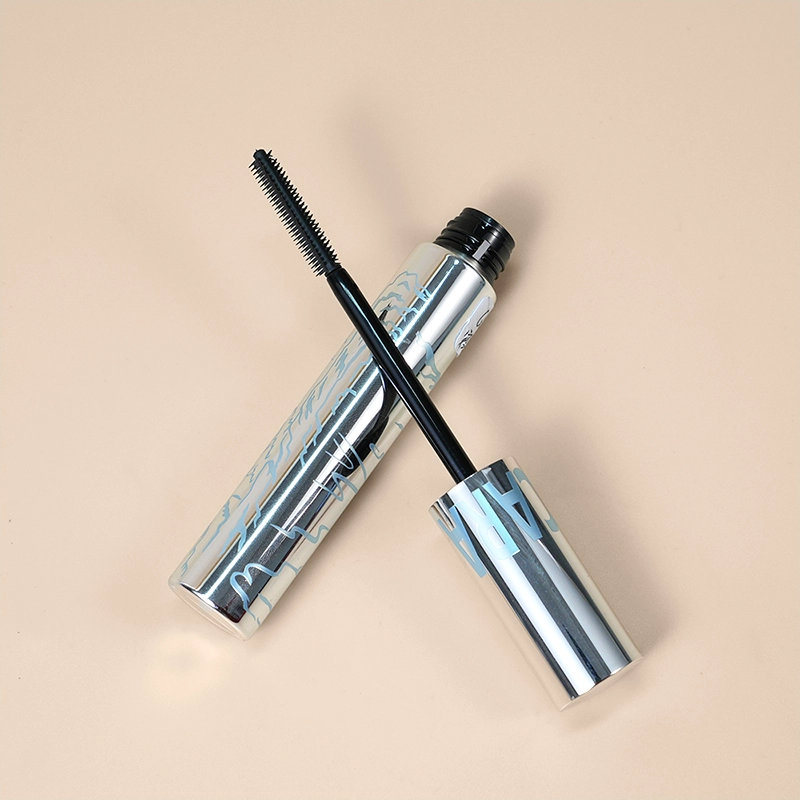

Designing Components for Easy Recycling
Recycling works best when parts are simple. Each piece—like bottles, jars, tubes, caps, pumps, or refills—needs to come apart easily. For example:
- Pumps should pop off the foundation bottles.
- Lipstick tubes should use one material, like PP.
- Mascara wands should detach for separate recycling.
Topfeelpack focuses on quality and new ideas. Our designs make recycling smooth and efficient.
What Happens to Packaging After Disposal? A Peek into the Recycling Process
The Six Key Stages of Packaging Recycling
When you recycle cosmetic packaging, it goes through six steps. Here’s how it works:
- Collection– Local systems or brand programs pick up used packaging.
- Sorting– Machines or workers split materials by type.
- Washing– Leftover makeup is cleaned off the containers.
- Shredding– Clean items are chopped into tiny bits.
- Melting– Plastic bits are melted into raw material.
- Reprocessing– New containers or products are made from it.
Each step relies on good design. Simple parts make this process easier.
Why Upstream Packaging Design Influences Downstream Recyclability
Bad design can mess up recycling. Mixed materials, like metal springs in plastic pumps, cause problems. They’re hard to sort or melt. Using one material or modular parts helps. Each piece goes to the right recycling stream. This avoids waste and keeps things clean.
Recyclable Packaging Brings Measurable Environmental Gains
Measurable Benefits for the Makeup Industry
Switching to recyclable cosmetic packaging helps the planet. Here’s how:
- Less Waste: More materials get reused, not dumped.
- Circular Economy: Used plastics become new products.
- Saving Resources: Less need for new plastic.
- Lower Emissions: Making products creates fewer gases.
- Cleaner Oceans: Less plastic ends up in water or soil.
These wins boost a brand’s ESG (Environmental Social Governance) scores. They show you care about the earth.
Broader Sustainability Impact Across Cosmetic Categories
Recyclable packaging isn’t just for makeup. It works for skincare, like serum droppers. It’s great for haircare, like shampoo bottles. Fragrances use glass atomizers. Body care has aluminum deodorant sticks. Sunscreen comes in recyclable squeeze tubes. When all products use green packaging, the industry makes a big impact. It’s a step toward a cleaner future.
Eco-Design Principles That Enable Recyclable Makeup Packaging
Five Design Principles That Support Sustainable Makeup Packaging
Good design makes recycling possible. Here are five key ideas:
- One Material: Use single materials, like all-PP lipstick tubes.
- Refillable: Compacts with removable pans cut waste.
- Lightweight: Thinner lip balm tubes save on shipping emissions.
- Easy to Take Apart: Mascara bottles with detachable wands sort better.
- Long-Lasting: Blush cases use tough, recyclable materials.
Topfeelpack’s R&D team builds these ideas into our products. From foundation bottles to 100% PP lipstick containers, they make recycling easy.
Topfeelpack’s Design Integration in Eco-Friendly Makeup Packaging
Topfeelpack has over 15 years of experience in cosmetics. We are a top choice for packaging. We offer biodegradable plastics, PCR plastics, glass, and refillable designs. These match global green goals. Our solutions fit brands wanting to stand out with eco-friendly products.
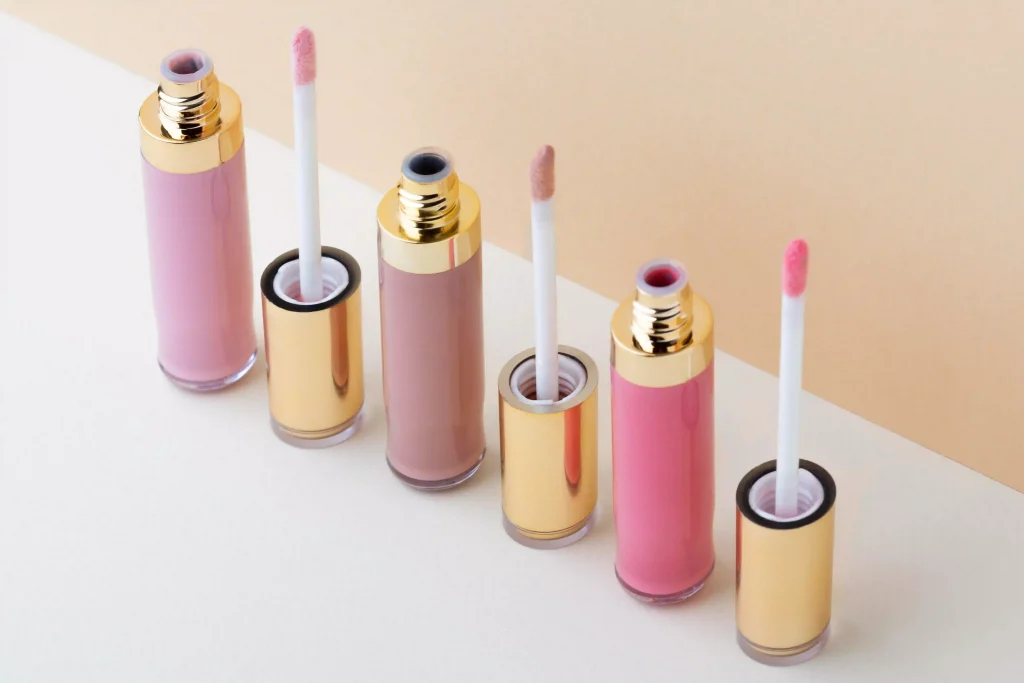

Which Cosmetic Products Are Best Suited for Recyclable Packaging?
Makeup – The Core Focus of Recyclable Innovation
Makeup is perfect for recyclable packaging. Mascara tubes use PETG material. Lipstick containers use 100% PP. Blush sticks and compacts are easy to recycle, too. Their standard sizes and modular parts make them ideal for recycling programs.
Skincare and Haircare Packaging
Skincare loves recyclable options. Eye cream jars or serum droppers use glass or PET. These work well in recycling systems. Haircare uses HDPE shampoo bottles. Their caps come off easily. This makes them great for closed-loop recycling.
Fragrance, Body Care, and Sunscreen
Fragrance bottles are often made of glass. Glass can be recycled forever. Aluminum sleeves add style and green value. Sunscreen tubes use PE or PP. Making them from one material helps recycling. These designs keep things simple and eco-friendly.
Conclusion
Recyclable cosmetic packaging is more than a green choice. It’s a smart business move. It matches what customers want. It cuts environmental harm. Using materials like PETG or PCR Plastic helps. Smart designs, like refill trays or detachable pumps, make recycling easy. Good planning upstream makes recycling work better downstream. Partnering with experts like Topfeelpack helps brands lead the way. We can build a greener beauty industry together.
FAQ
Q: What makes cosmetic packaging “recyclable”?
A: It’s made from materials like PETG, PP, or glass. These can go through standard recycling systems. They don’t mess up other waste streams.
Q: How does Topfeelpack support sustainable beauty brands?
A:
- Offers green materials like biodegradable plastics and PCR.
- Provides refillable compacts and lipstick molds.
- Designs single-material packaging for easy recycling.
TopfeelPack offers integrated OEM/ODM solutions that cover both packaging development and formulation supply.
Q: Can mascara tubes really be recycled?
A: Yes, if designed right:
- Use recyclable PETG material.
- Make wands detachable.
- Avoid mixed-material caps.
Q: What types of makeup products benefit most from recyclable designs?
A:
- Lipsticks (PP mono-material).
- Mascara (PETG bottle + detachable brush).
- Foundation (refillable pump bottle).
These shapes and sizes work great for mass recycling.
Q: Is switching to recyclable cosmetic packaging expensive?
A: It might cost more at first for new molds. But:
- Saves money long-term with less material use.
- Builds customer loyalty with a green image.
- May get tax breaks or ESG credits.


